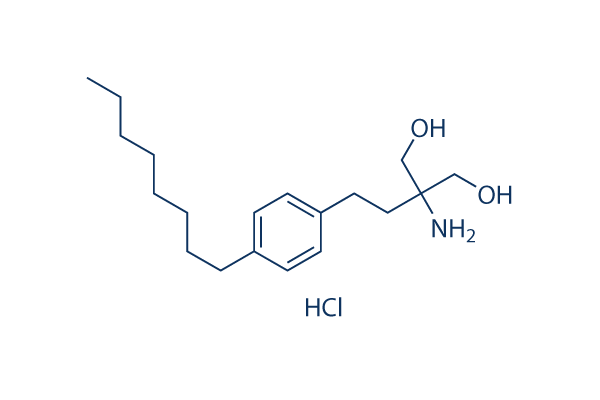We didn’t possess a large sufficient sample of male participants to draw conclusions relating to males, but very similar result sizes for male and female participants indicate that simi lar altered metabolite concentration may exist in each sexes. Future scientific studies with larger sample sizes in every single intercourse are essential for expanding understanding in this spot. We explored the romantic relationship amongst neurometabolite concentration and cognitive/behavioral working inside of each and every group, but discovered no considerable correlations. The measures of cognitive/behavioral working we utilized might not happen to be delicate adequate to detect this kind of rela tionships and we did not involve distinct measures of learning or memory, which can be relevant to choline and glutamine metabolic process.
On top of that, intercourse vary ences or medicine usage could have obscured the rela tionship involving cognitive/behavioral selleckchem functioning and metabolite concentration. Larger sample sizes, wider age ranges and longitudinal information points are necessary to obviously elucidate such complicated brain/behavior relationships. The nature of our research population dictated inclusion of participants taking medication and, whilst there was no inside of group romantic relationship amongst metabolite concen tration and medicine utilization, we can’t rule out the likelihood that medication has some effect on metabolite concentration. Our post hoc evaluation which includes only medicine totally free people showed a trend for reduce choline/creatine and Glx/creatine to the FXS group, but variations did not reach significance.
Which include only medication free of charge people biased our sample to ward higher working persons in just about every group and diminished the statistical power. Greater scale investigations are essential to adequately PF-4708671 dissolve solubility tackle the relationships amongst metabolite concentration, medicine utilization and pheno styles linked with FXS. We existing metabolite information referenced to creatine, a metabolite widely utilised as being a reference in human MRS, because its concentration stays secure regardless of alterations in vitality metabolism or condition progression, while investigate suggests creatine amounts could be altered in the Fmr1 KO mouse. As a result, we performed a secondary examination employing absolute water referenced values for every metabolite and mentioned major group differ ences in choline and Glx, at the same time as in NAA. We interpret the main difference in NAA with caution, considering the fact that we were not able to account for group degree covariates  in the evaluation of absolute concentration and we noted only a trend for lower values inside the FXS group to the NAA/creatine ratio.
in the evaluation of absolute concentration and we noted only a trend for lower values inside the FXS group to the NAA/creatine ratio.
Natural Products
The latest published issue of Journal of Natural Products
